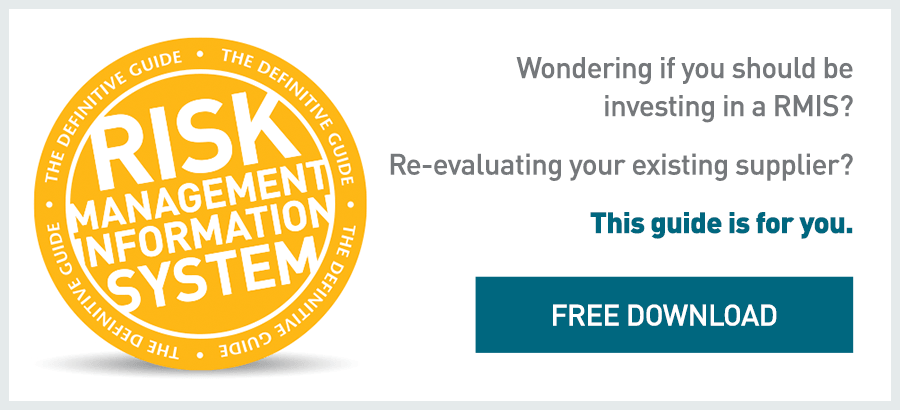 Risk managers get it. Data is king. Accurate, reliable data allows risk managers to make confident, informed decisions, like a poker player with all aces in hand. This leads to everyone affected by risk managers' decisions up, down and across the enterprise to be confident in them.
Risk managers get it. Data is king. Accurate, reliable data allows risk managers to make confident, informed decisions, like a poker player with all aces in hand. This leads to everyone affected by risk managers' decisions up, down and across the enterprise to be confident in them.
In today's interconnected, fragile world, playing with a deck stacked with risk data – or bereft of them – can affect an enterprise down to its foundations. One mistake in one column in one risk manager's spreadsheet can impact a public company's earnings, as happened in real life when one significant company (which shall remain nameless) had to restate its earnings because they were based on erroneous loss and premium calculations.
So the importance of data is obvious. The trump card, however, is knowing how to get that accurate, reliable data.
Some risk managers may still be fiddling with multiple spreadsheets spread across their entire enterprise across departments, operational silos and national borders. They may be seeking data from multiple third-party administrators and carriers, each with varying levels of data and IT quality. Risk management information systems (RMIS), on the other hand, were created to overcome these challenges by serving as a unified source of accurate and reliable data.
The challenge for us who provide these tools is to explain how a RMIS delivers that wealth of accurate, reliable data ... without being too technical. With that in mind, we turn to the great communications equalizer, the bullet point, to explain the ways in which an exceptional risk management information system does so:
- FLEXIBILITY: All data is treated the same, and the RMIS database can store any kind of record format. There is no limit to the kind of object that can be created in these databases from information about a vehicle to data about an oil well to descriptions of a lunar landing module.
- EASE OF USE: The right risk management information system can be highly configurable without the need to put in a help ticket to the database administrators. No specific software needs to be created for a new object. Even an object for a lunar landing module can be created in about 10 minutes by an everyday user.
- AUDITABILITY: The best-of-breed integrated risk management tools out there (and we're of course biased about ours being the best of the best) hold onto every piece of data that you ever enter. They store the data transactionally and cumulatively. The RMIS stamps each individual field on each record with the time entered, the data type and the user. The data is never overwritten. And it can be searched and reported upon, reliably and at any time.
- AUTOMATED VALIDATION: What's more, data is validated at the moment that it is entered into the database. If issues are found, a system like RiskConsole can back out the bad data load without affecting the rest of the data – at the touch of a button.
We hope that helps to explain how it's possible that a RMIS like RiskConsole can deliver accurate data, reliably time and again without the risk of any jokers. But if not, please send us a question about data management and we'll answer it in our best non-technical voice possible. We look forward to it.








 Risk managers get it. Data is king. Accurate, reliable data allows risk managers to make confident, informed decisions, like a poker player with all aces in hand. This leads to everyone affected by risk managers' decisions up, down and across the enterprise to be confident in them.
Risk managers get it. Data is king. Accurate, reliable data allows risk managers to make confident, informed decisions, like a poker player with all aces in hand. This leads to everyone affected by risk managers' decisions up, down and across the enterprise to be confident in them.



